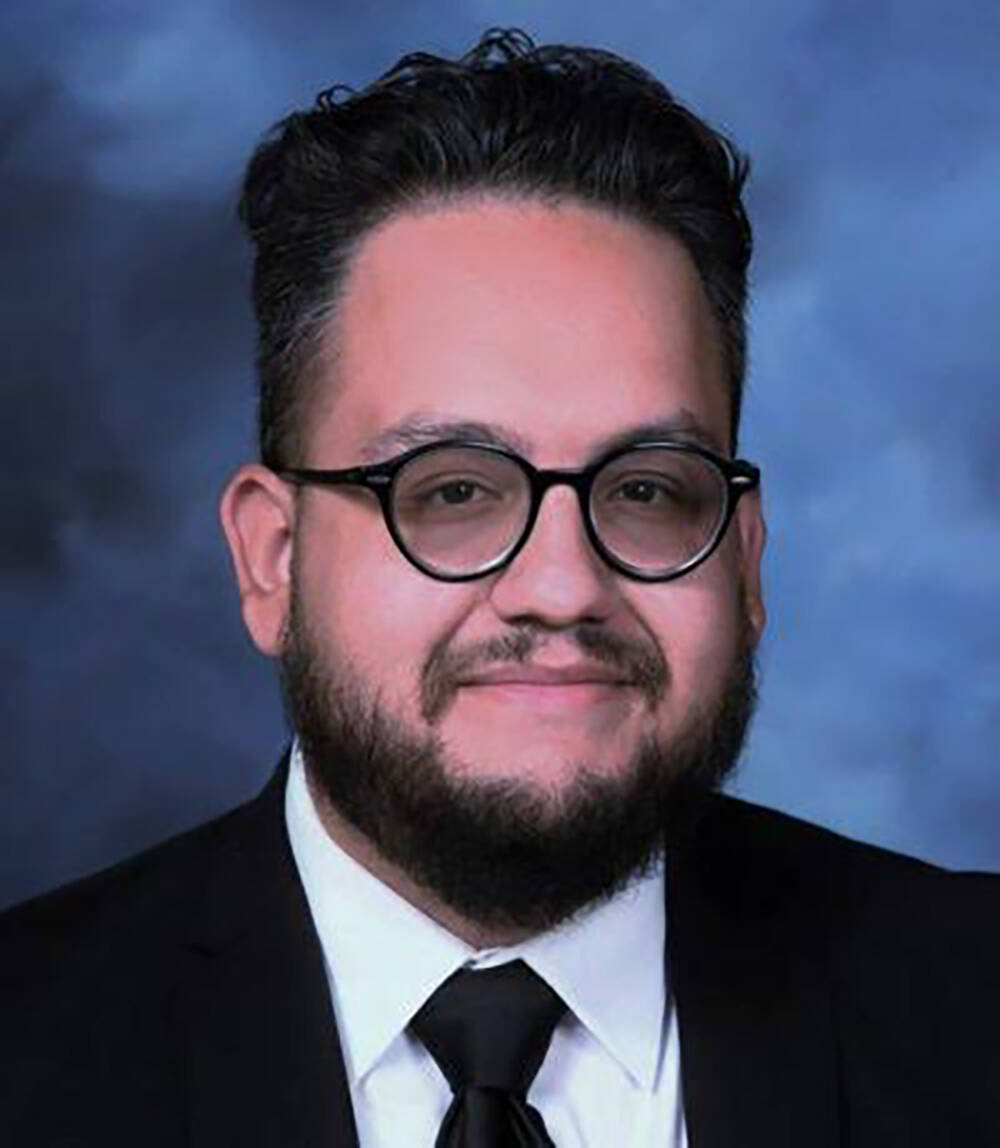November is National Career Development Month
Dreaming of what a person wants to be when they grow up is a common theme all throughout childhood but once the conclusion of their high school years is looming, it is time to stop dreaming and start contemplating that question in earnest.
For some, choosing a career path is a simple matter, one that they have already figured out. But for others, this is not an easy task. There are many factors to take into consideration, such as the individual’s strengths and interests, as well as financial resources and whether or not they would prefer to expand their horizons with college courses or enter a workforce certification program.
In honor of National Career Development Month and in an effort to help ensure that all Nevada’s students are ready to take on the future in whatever form it may take for them, the Nevada Treasurer’s Office is offering some advice on how students and their families can plot a course that will be best suited to the student’s needs and ambitions.
“November is National Career Development Month and the College Navigator with the Nevada State Treasurer’s Office would like to share some tips to help students discover the best post-secondary path for them,” a news release from the treasurer’s office read. “These tips come at a time when many high school seniors are approaching the halfway point of their last year and are likely considering their options for what comes next.”
First and foremost, the news release encourages students to explore all of their options, which are many and varied.
“When it comes to considering options for post-secondary education, there is not a one-size-fits-all approach that will work for every high school senior,” the release detailed. “However, most career options do require further education and/or credentials in addition to a high school diploma.
According to the National Skills Coalition, approximately 80% of careers in Nevada require credentials beyond a high school diploma.”
Those looking toward post-secondary education have two major options to reflect on, including the more traditional pursuit of an associate’s or bachelor’s degree and vocational training to acquire a workforce credential, an option that has been steadily gaining popularity over the years.
While many of today’s most sought-after jobs do necessitate college, there is an array of careers that do not require a degree. Examples of these types of careers include those for licensed and practical vocational nursing, medical records technicians, patrol officers, firefighters, recreation and fitness workers, cooks, plumbers, dental assistants, aestheticians, flight attendants and many more.
Now that the two main options, college and vocational training, have been identified, it’s time for the student to consider the benefits of each option.
Whether a university, community college or workforce training program, all have their own unique positives and drawbacks and students need to put serious thought into deciding which will be the most appropriate route for them.
“No matter the post-secondary path that is chosen, there are benefits to each,” the news release explained. “Having a college degree allows for a choice between a wide variety of job opportunities, as well as higher earning potential and lower potential for unemployment. Whether you are looking to complete a two-year degree or save money on tuition before transferring to a four-year university, community colleges offer numerous areas of study and more flexibility to create a schedule tailored to each student’s needs.
“Earning an industry-recognized credential can be a quicker process that is cheaper and more specialized to the recipient’s interests. These credentials can be obtained at trade schools, community colleges or through an apprenticeship and can open doors to long-term employment opportunities.”
Of course, financing whatever career path is chosen is a key part of the process and the Nevada Treasurer’s Office urges families to have these discussions as early as possible.
“One of the biggest challenges that those interested in pursuing post-secondary education face is finding a way to finance it. If you have not decided which path is right, it is still important to discuss the payment options for each.
According to the National Center for Education Statistics, the national average to attend a two-year institution annually is $11,389 while the national average to attend a four-year institution annually is $28,123,” the release informed.
As detailed by the release, the Nevada Treasurer’s Office offers several different college savings account programs, including one of the top five performing 529 college savings plans in the nation.
In addition, the treasurer’s office can help students locate other kinds of funding to assist with their future educational needs and can provide a comprehensive list of resources available to Nevada students, including scholarships, grants, fellowships, fee waivers and, of course, student loans.
Trying to figure all of this out on one’s own can be intimidating, which is exactly why the Nevada Treasurer’s Office has an entire program, the office’s College Navigator, dedicated to assisting residents with the process.
“As the college navigator, my job is to assist Nevadans when it comes to planning, preparing and saving for higher education. I work with families, students, school administrators, educators and community partners to inform individuals about educational or career opportunities after high school,” Nevada State Treasurer’s Office College Navigator Abraham Gomez told the Pahrump Valley Times.
Gomez’s specialty is helping students identify their passions and aspirations to determine which post-secondary path makes the most sense for them.
“To book an appointment with Abraham Gomez, the College Navigator with the Nevada State Treasurer’s Office, to review your options in length and determine which is best for you, visit NVigate.gov or call 702-486-6980,” the release stated. “Additionally, students and families are welcome to attend monthly virtual programming hosted by the Nevada State Treasurer’s Office. Programming includes discussions on education-based topics, featuring input from community leaders, as well as scholarships and resources available. For a full calendar listing of virtual events offered, visit NVigate.gov/calendar.”
Contact reporter Robin Hebrock at rhebrock@pvtimes.com















